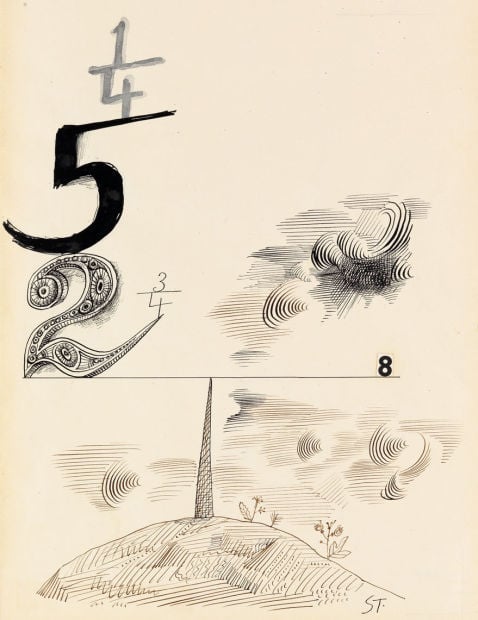Q: I bought this carved ivory tusk at an estate sale about six years ago. How do I determine value and if this piece can be sold and shipped within the U.S.?
A: Based on images sent, I think this reader has more to worry about than if ivory can be sold and/or shipped.
The query continues, “I talked to an antique collector who told me that auction houses are not appraising or selling ivory due to potential legal issues because of the current administration’s effort to ban all ivory sales.”
You heard right. That collector was smart. At this point, changing laws make any trade in ivory a minefield. The problem, of course, is poachers and a dangerous illegal trade in ivory. Changing laws are geared toward eliminating that trade.
The result, for the public and those in the antique trade, is confusion over exactly what the new policies will include. It’s also unknown whether old ivory will be exempt from those laws.
One publication geared to advanced collectors has consistently covered the changing landscape concerning ivory as it develops. As recently as last month, the “Maine Antique Digest,” www.maineantiquedigest.com (disclosure: I contribute to the paper), wrote about the latest state to propose a law stopping the trade in antique ivory.
California Bill AB96, a proposal to close existing loopholes in the law, would “prohibit purchasing, selling, offering for sale, possessing with intent to sell, or importing with intent to sell ivory or rhinoceros horn.” The bill defines ivory as “a tooth or tusk from a species of elephant, hippopotamus, mammoth, walrus, whale or narwhal, or a piece thereof, whether raw ivory or worked ivory.”
Antiques are allowed, providing ivory is less than 5 percent by volume of the antique. And the antique must be not less than 100 years old.
There’s more, but you get the message. National laws cover much of the same territory, and other states have or are adopting similar laws. Plus, upcoming changes are nowhere complete.
Until things shake out and updated selling/buying/trading laws are firmly in place, most auction houses and sellers refuse to handle ivory. That makes the reader’s tusk a hot potato — if it is, in fact, real ivory, which is a very big if.
I don’t think this reader has an ivory issue because I doubt that her piece is genuine. Based on images, the tusk-shaped object decorated with Oriental themes, including pavilions, bridges, horses, trees and gardens, is recent. Beyond the ivory issue, over-the-top decoration is suspect.
For starters, uniform lines “carved” (pressed?) into the matrix are a dead giveaway. Embossed metal at both ends and a decorative sign at one end also look very new. I’m thinking this piece was commercially made in Asia for export.
Hopefully, the reader did not buy it as ivory and pay a bundle. In the real world, genuine ivory tusks don’t show up at estate sales. True ivory has always been a rare commodity. Repro tusks were and still are made of varied plastics or bone. They’re everywhere.
Experts use an experienced eye, black light and a study of grain characteristics to determine authenticity in ivory.
Having said all that, the reader’s tusk could still sell, but as a decorative object. Representing it as ivory would be illegal.





